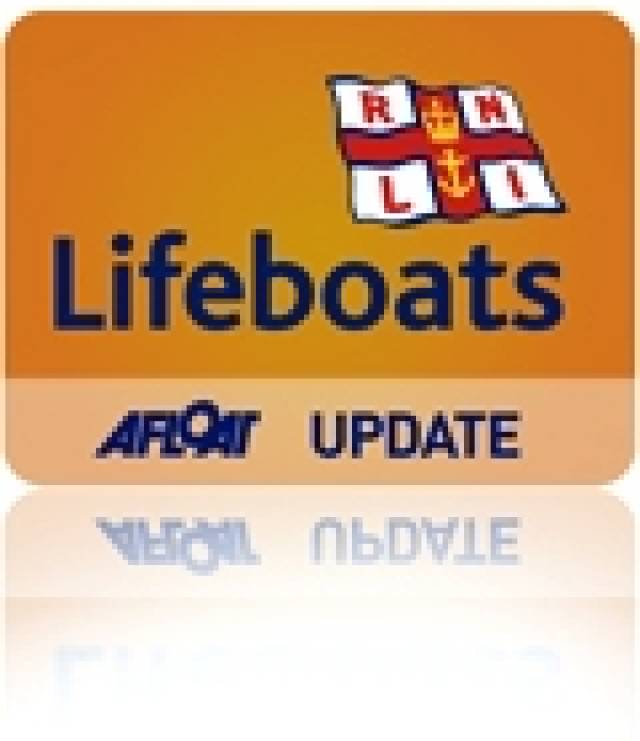#lifeboat – Lifeboat crew at Newcastle RNLI were called out in the early hours of this morning Wednesday (29July) after a MAYDAY call was received from a fishing boat that was believed to have been involved in a collision with another vessel. Newcastle RNLI all-weather lifeboat crew were tasked by Belfast Coastguard at 5.30am after the skipper reported his boat was taking on water and sinking 11 miles south of Ardglass.
Newcastle RNLI's Mersey class lifeboat Eleanor and Bryant Girling was immediately launched and arrived on scene at 6.30am. Weather conditions were described as good with a north westerly wind force 4-5 with half meter swells and clear visibility.
The five crew on-board the casualty vessel had managed to make it safely onto a liferaft and were assisted from that onto another boat, the Good Intent, which had been in the area and was alerted to their mayday.
Once on scene, lifeboat crew from Newcastle RNLI assessed the five casualties and surveyed the scene. With the situation was under control they escorted the boat to the safety of Ardglass Harbour where the five crew were met by local Coast Guard.
Newcastle RNLI then made their way back out to the scene of the incident as the sinking vessel had deployed a life raft that was still floating unmanned. Left unrecovered this raft could have been reported as a marine emergency or caused an obstruction.
Commenting on the callout, Newcastle RNLI Coxswain Richard Herron said " You fear the worst when you get a callout for the lifeboat at such an early hour. Every second counts when a vessel is sinking and your only thought is getting to the scene as quickly as possible.
Thankfully another vessel nearby managed to get the five crew safely onboard from their deployed liferaft and we were able to ascertain that there were no serious injuries. The crew had a lucky escape but they were prepared for it by wearing their lifejackets and raising the alarm quickly.'































































